Brooms: Your Trusty Partners in Cleanliness
Introduction
In the realm of household cleaning, few tools are as iconic and essential as the humble broom. A broom might seem like a straightforward cleaning implement, but its history, designs, and various types are more different and attractive than meets the eye. In this article, we’ll explore the enchanting world of brooms, shedding light on their origins and delving into the different types that make them necessary tools for keeping our spaces tidy.
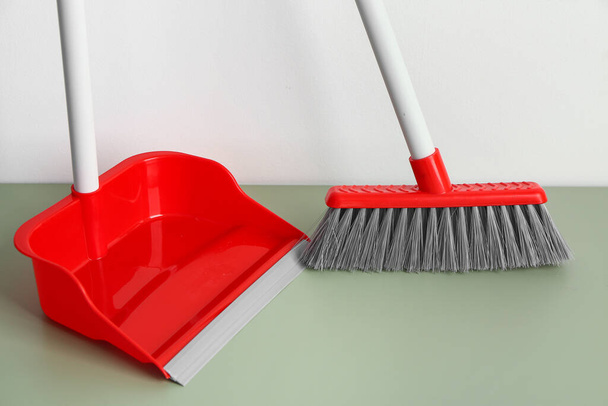
The Evolution of Brooms
The concept of using a broom for cleaning dates back to ancient times. Early brooms were crafted from natural materials such as twigs, straw, and leaves, which were tied together to create a sweeping surface. Over the centuries, broom designs evolved, leading to the creation of various types that catered to different cleaning needs and surfaces.
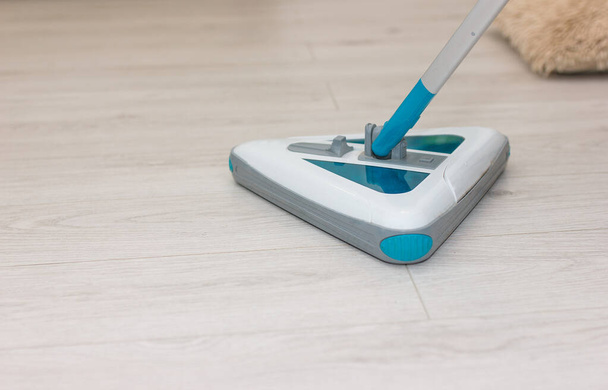
Different Types of Brooms
- Traditional Corn Broom: The typical image of a broom, the corn broom, is often associated with classic sweeping tasks. It features bristles made from dried corn husks or straw, bound together and attached to a wooden handle. Corn brooms are versatile and effective on a variety of surfaces.
- Angled Broom: Also known as an “angle broom,” this type features bristles that are cut at an angle, allowing for easy access to corners and tight spaces. Angled brooms are especially handy for sweeping along baseboards and edges.
- Push Broom: These brooms have wide and flat heads with sturdy bristles. Push brooms are designed for larger areas and outdoor spaces, effectively sweeping away debris like leaves, dirt, and small rocks.
- Whisk Broom: Compact and portable, whisk brooms are perfect for quick cleanups. They usually have short bristles and a small handle, making them suitable for small spaces, countertops, and even vehicles.
- Electric Broom: Modern technology meets traditional cleaning with electric brooms. These battery-powered devices use rotating brushes to effectively pick up dirt and debris from hard floors and carpets.
- Rubber Broom: With flexible rubber bristles, this type of broom excels at capturing pet hair, dust, and other particles that might cling to surfaces. It’s also great for use on wet floors.
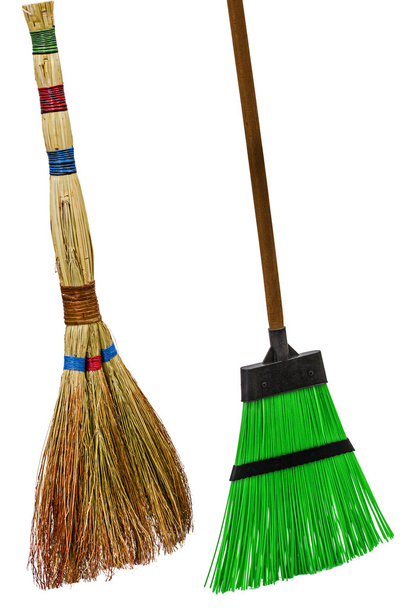
Choosing the Right Broom for the Job
Selecting the right broom depends on the task at hand:
- For indoor sweeping, a traditional corn broom or an angled broom is a great choice.
- Push brooms are perfect for larger outdoor spaces like driveways and courtyards.
- Whisk brooms are ideal for quick cleanups in small areas.
- Rubber brooms are effective at collecting pet hair and dust.
- Electric brooms are a convenient option for those who want an automated cleaning experience.
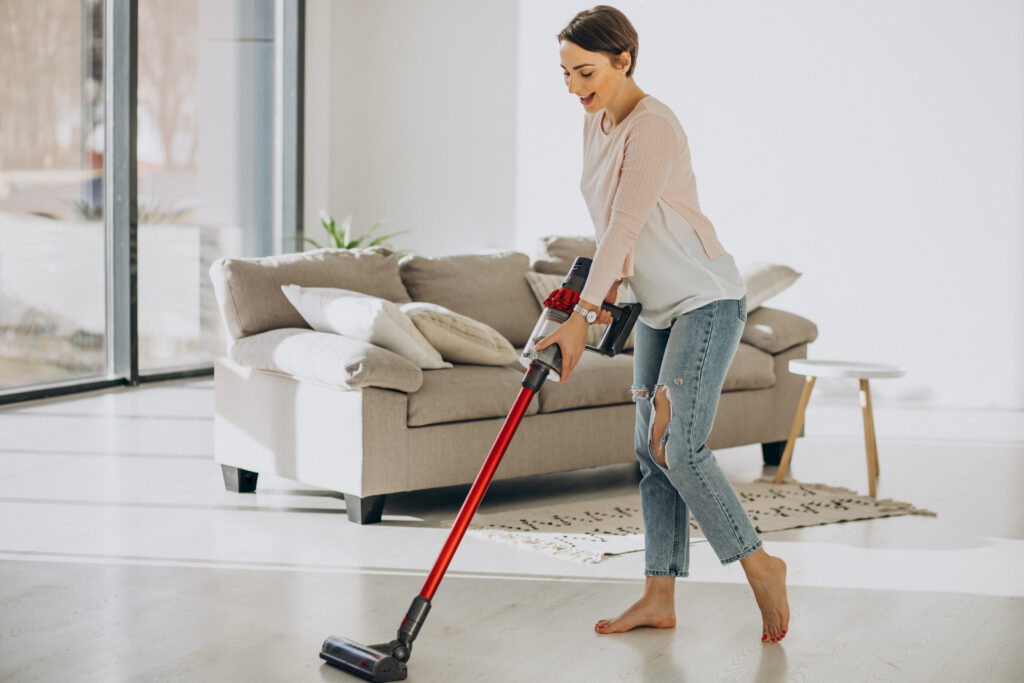
Broom Care and Maintenance
To make the most of your broom:
- Regular Cleaning: Shake your broom outside to remove loose debris and dust. You can also wash the bristles with mild soap and water if needed.
- Hang Properly: Store your broom by hanging it upside down. This prevents the bristles from becoming bent or misshapen.
- Replace When Worn: Bristles wear out over time. Replace your broom when the bristles become frayed or lose their effectiveness.
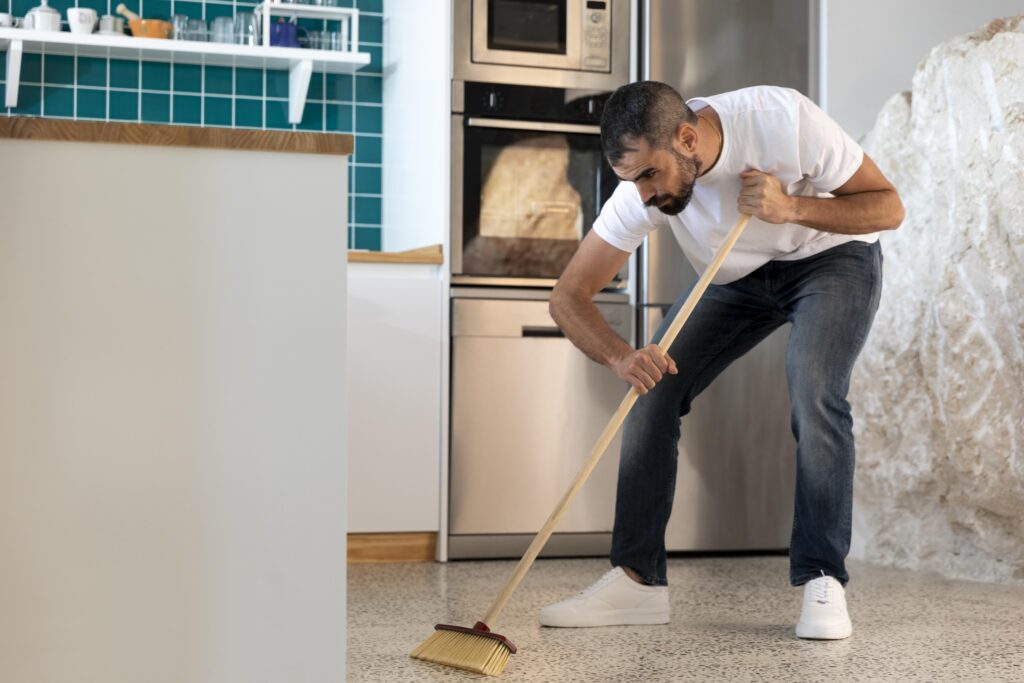
Conclusion
Brooms have a rich history and come in various forms, each designed to tackle specific cleaning tasks with efficiency. Whether you’re sweeping a small room, tidying up corners, or clearing away outdoor debris, there’s a broom that suits your needs. Understanding the different types of brooms empowers you to keep your spaces clean and inviting, one sweep at a time.
